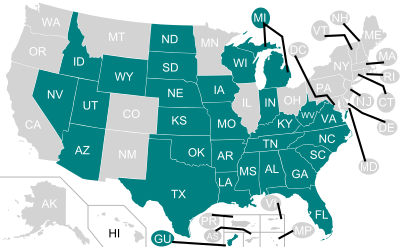A union is a business that “represents” employees on the job with their employer.
Like other businesses, unions have executives and staff who run the union’s business. These executives and staffs have very lucrative compensation and benefit packages–which are paid for by union members.
They also have office buildings, cars, investments, travel and other business expenses—all of which must be paid. All of these items are paid for, primarily, through the union dues paid by union members.

Despite being a dying industry, unions still collect approximately $14 billion every year in union dues from workers.
A union’s primary service is as a labor broker of sorts, charging workers to speak for them on the job as their “exclusive bargaining representative”, as well as to negotiate contracts.

You might be surprised to know that 94% of today’s unionized workers never voted a union into their workplace.
Rather, most unionized workers are required to pay the union as a condition of employment. In other words, either they pay money to a union or they are fired from their jobs.
Unfortunately, this “pay-dues-or-be-fired” scheme is legal in 22 states that do not have Right to Work laws.
Here are the states where it is legal (and illegal) to have workers fired for not paying union dues or agency fees. [The states in gray allow workers to be fired for not paying a union; the states in green are so-called “Right-to-Work” states.]

More reading:
- Labor unions receive $14 Billion in dues per year from CBAs
- 94 percent of Union Members Never Voted for a Union
- National Union Membership Continues To Decline







Add comment